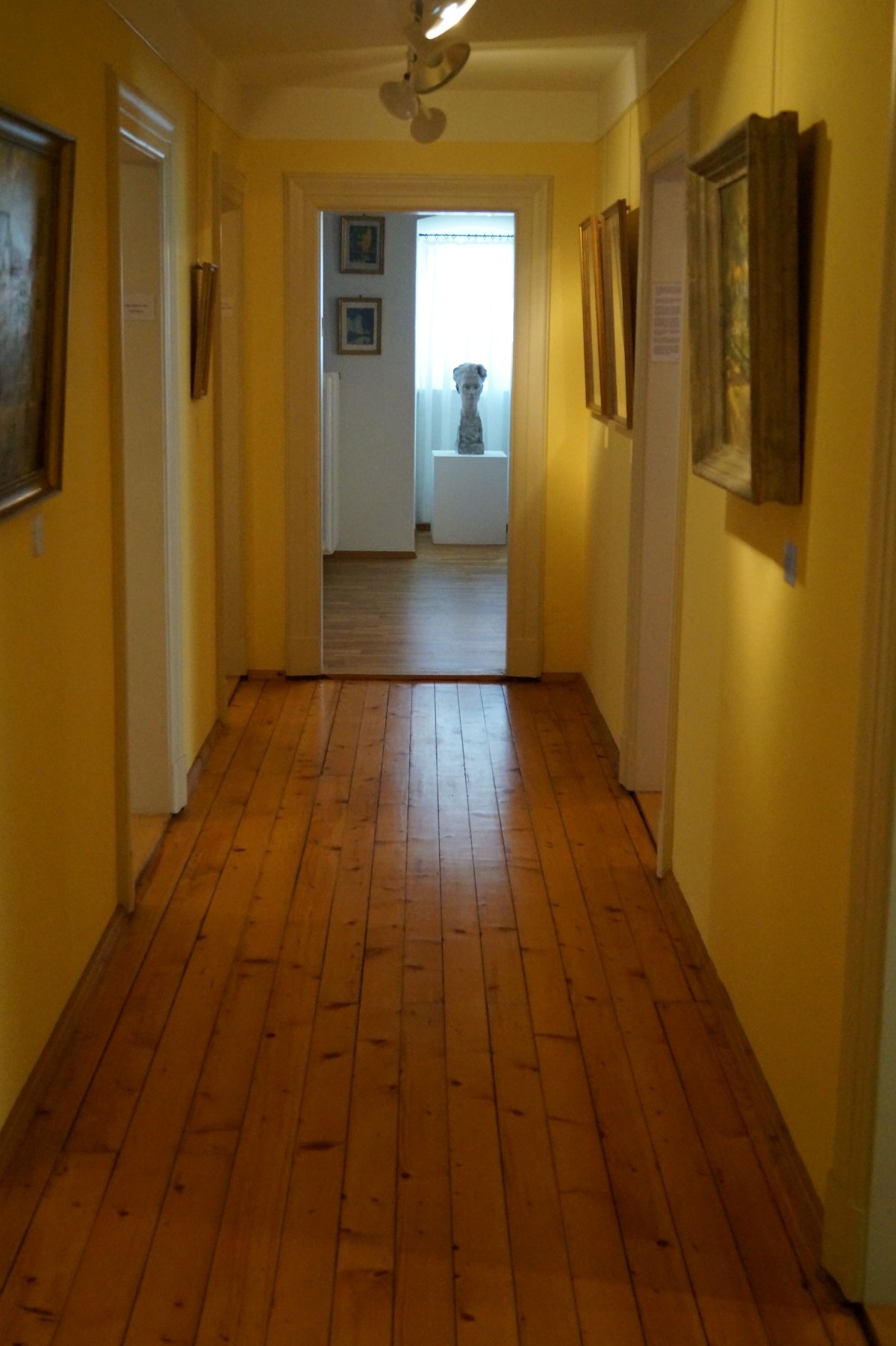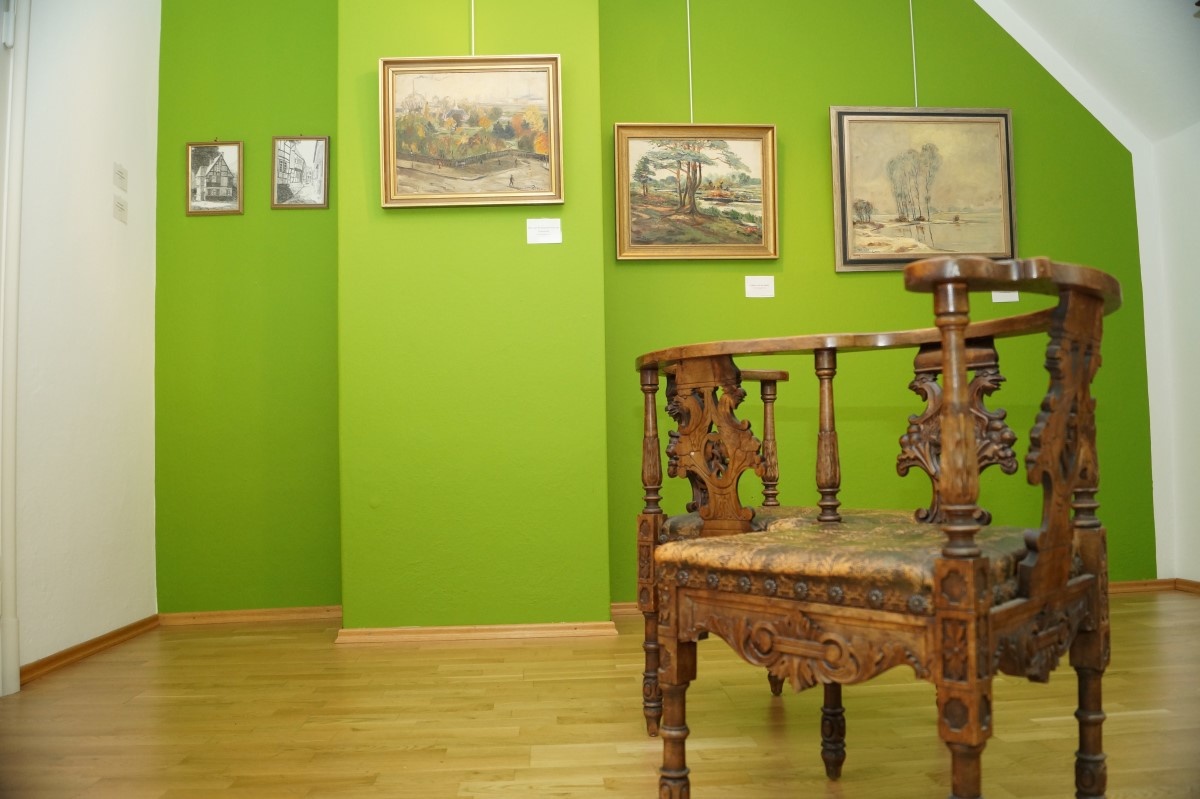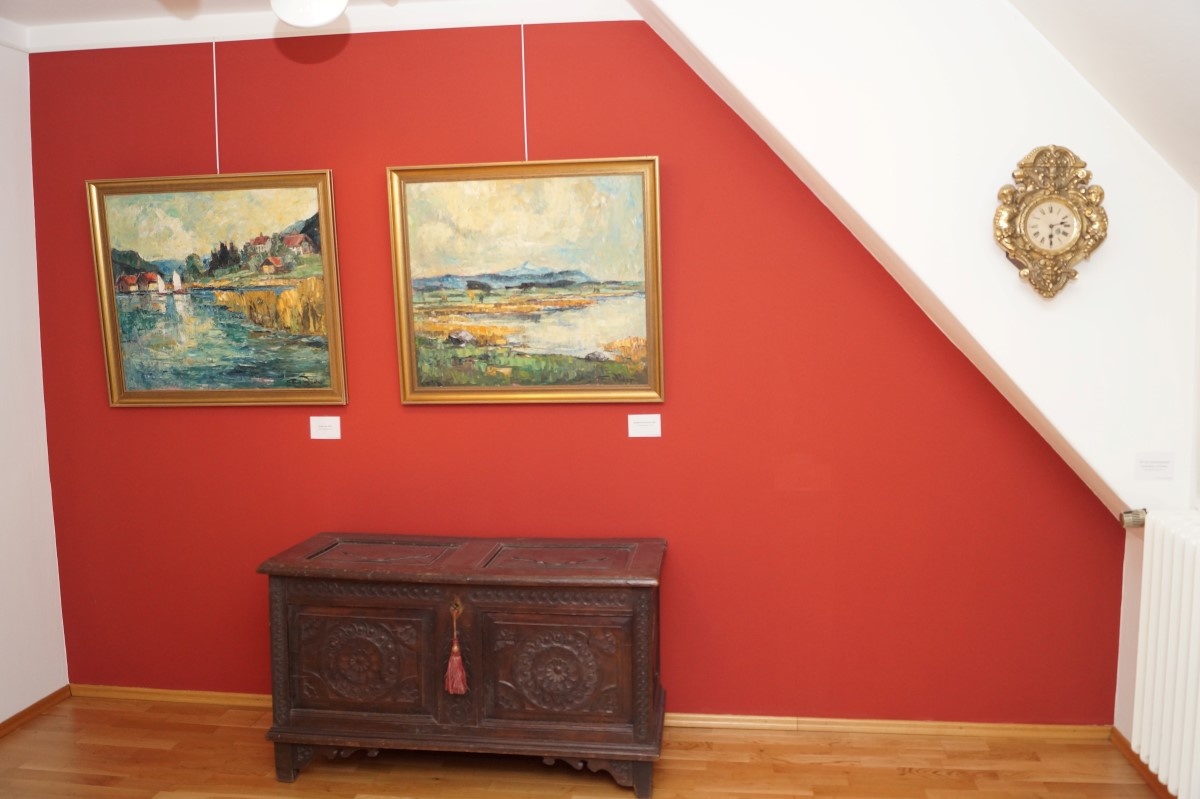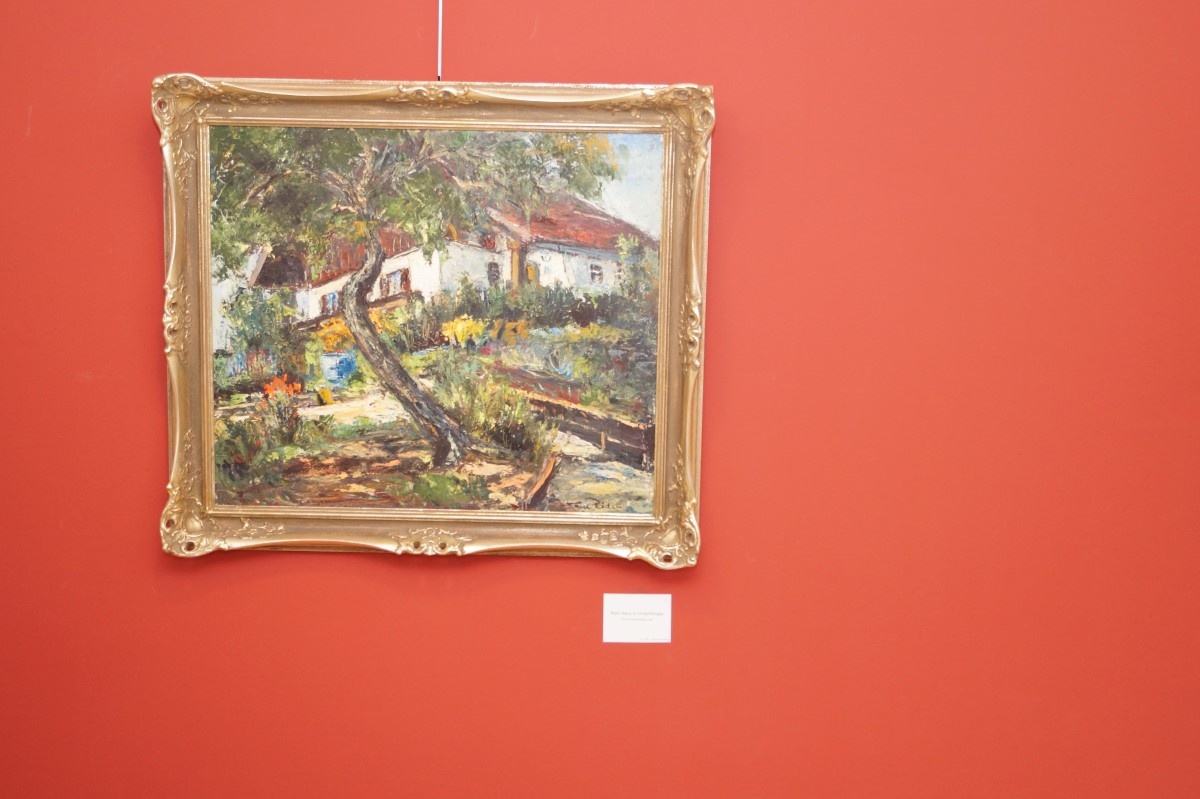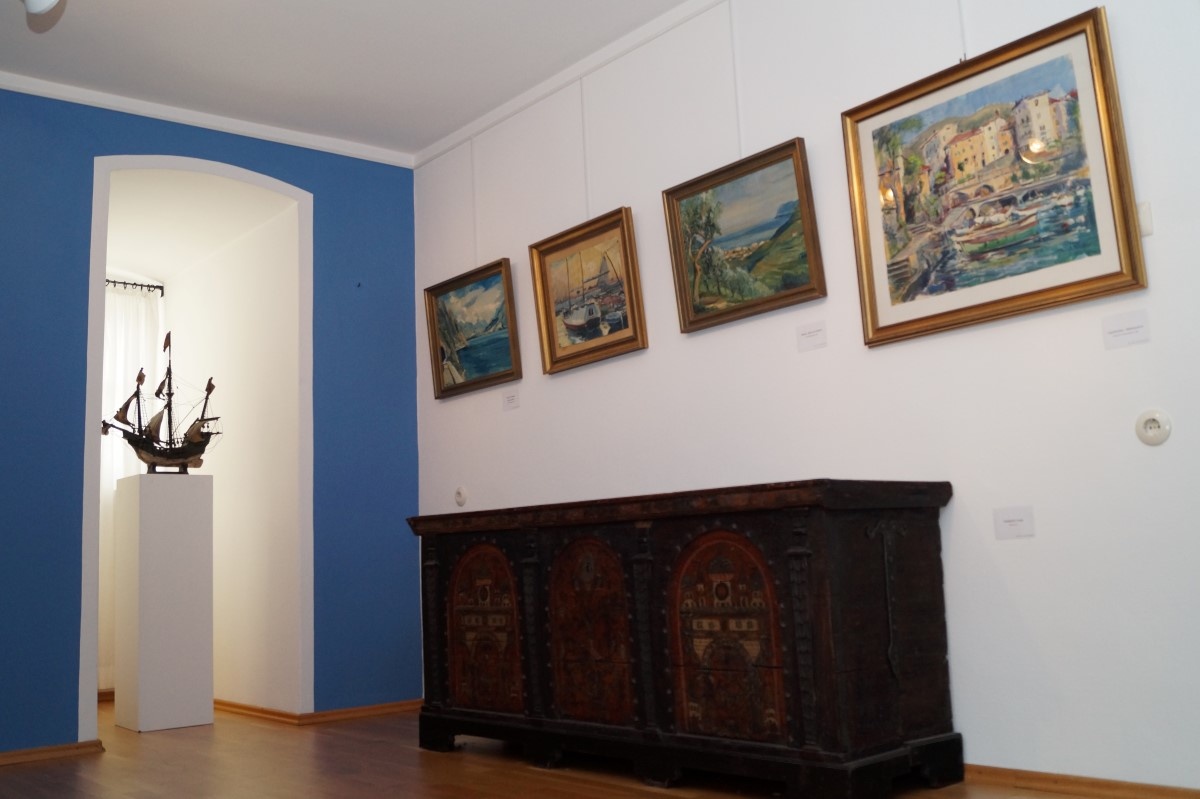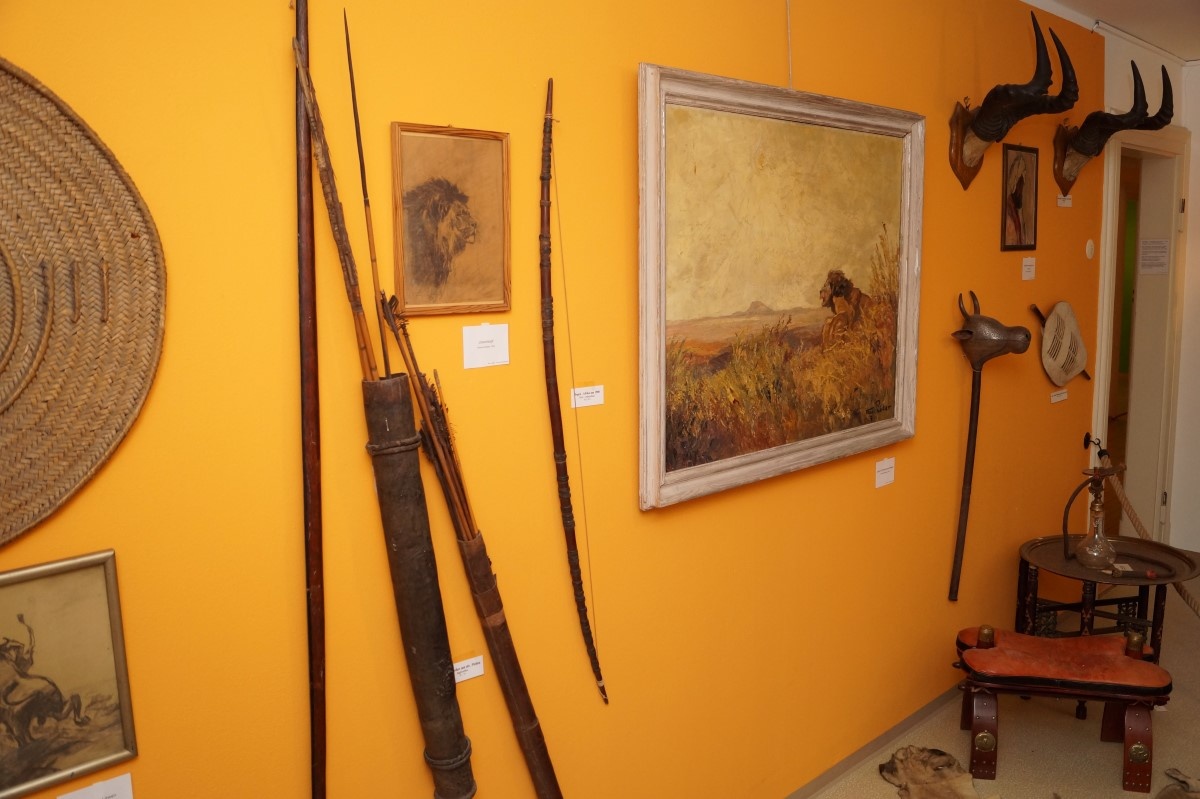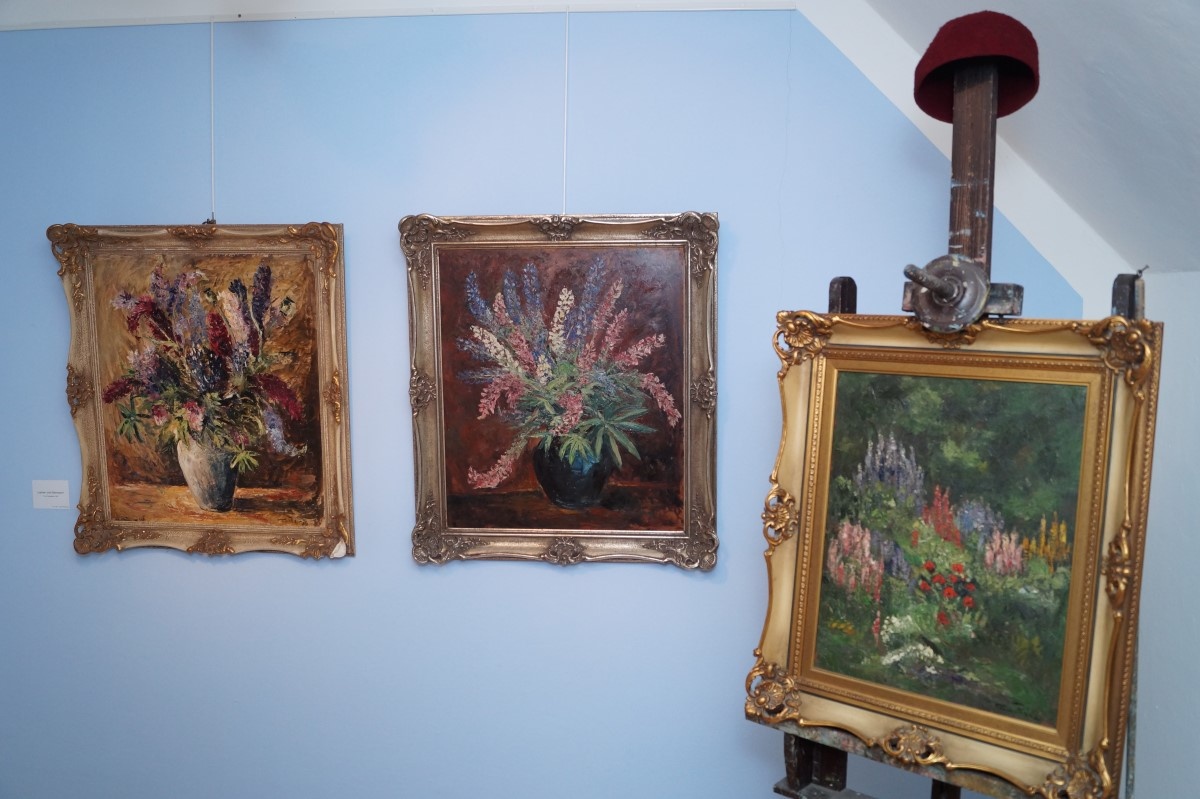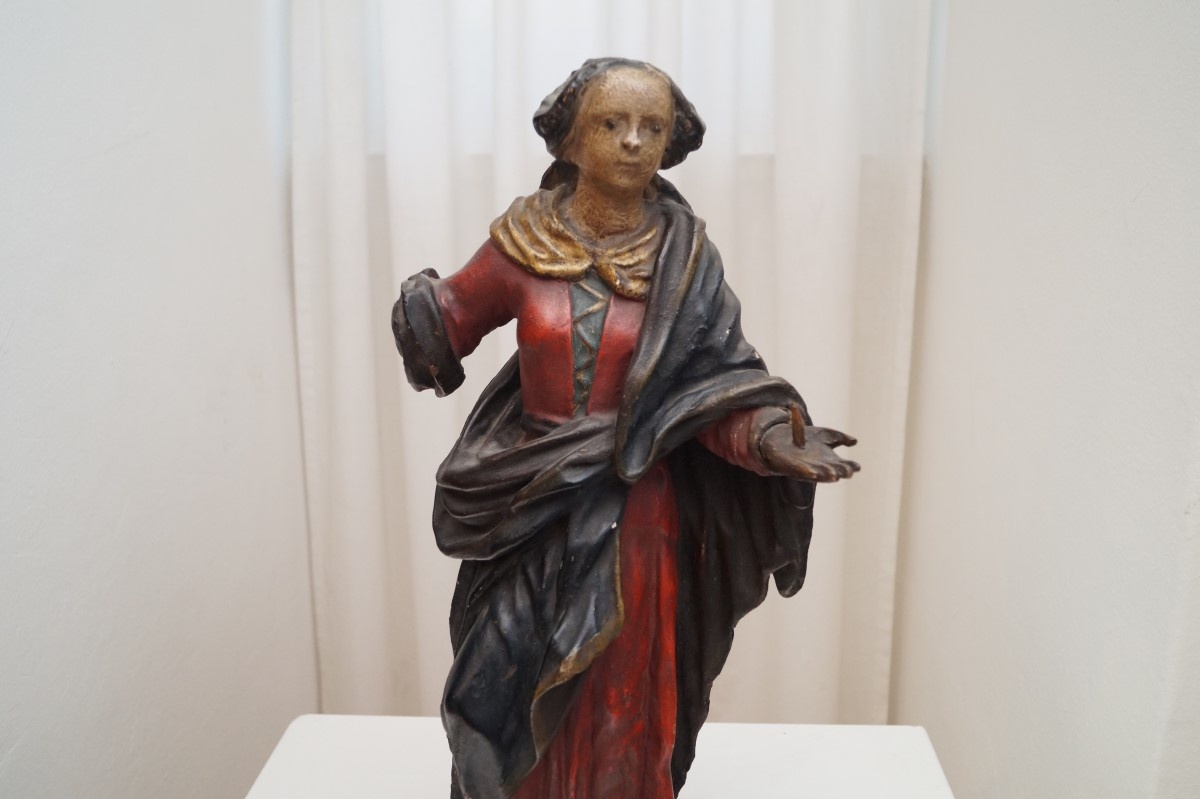Activities
Paul-Röder-Museum
The Paul Röder Collection is temporarily closed due to inventory work.
French Impressionism in “the Blue Land”
Impressionism was established in 1874 as a term of science of art . The painting during the impressionism was developed by French artists during the second half of the 19th century. Art historians call it the start of the modern ages.
Paul Röder, who passed away in Marktoberdorf in 1962, brought the French impressionism to the “Blue Land”. A visit to the Paul Röder museum in a fascinating side-step into a world of art under blue skies and a visit to an artist who tried to catch light and transformed its reflections.
Paul Röder was born as the second son of artist Georg Röder, in Barmen on 8th of December 1897, his brother Adolf became a famous artist as well. Barmen was a city in the eastern Rhineland before it was fused with four other towns into the city of Wuppertal in 1929,
After the First World War Paul Röder attended the traineeship in Hattingen and started lecturing at the secondary schools in Barmen, Düsseldorf and Essen. He was working for the artist workshop of his father, went to art schools in Barmen and Elbersfeld as well as the art academy in Düsseldorf. He opened his own workshop in 1922 in Düsseldorf, where he was living with his wife Elly Mischke.
After she passed away, Röder married Carol Stöffle in 1928, with whom he built a house and workshop within the very same year. During the chaos of the Second World War the teacher and artist was carried away into the little village of Kraftisried in the Ostallgäu. From 1948 on he lived in Unterthingau and moved into his newly built house in Marktoberdorf in 1958.
The artist did many excursions to France, Belgium, Italy, Austria, Yugoslavia, and Switzerland. His break-through was achieved with works he had done during his Italy-excursion in 1938. His exhibitions heaped, especially in Essen, Duisburg, Bochum, Karlsruhe. Stuttgart but also Kempten and Memmingen.
The Paul-Röder-Museum offers an impressive cross section of the manifold life of the Artist. “Am Waldrand”, “Möwen über bewegter See”, „Ringelblumen“, „Anglerparadies“ : The appx. 70 drawings inckl. Landscapes, City pictures, portraits and sill lifes even let the novice know that the artist, who was awarded with the Bundesverdienstkreuz, became one of the greatest artists of the Allgäu.
The museum describes the light intense drawings of Paul Röder as “explosives in colour and form”. Being of old school classicist in the beginning, he soon began to create large scale natural sceneries und open skies beyond any form, rather to be described as an objective abstraction. “The atmosphere within his compositions is transporting the essentials and releases the viewer into a comforting zone of finding himself within fantasy, colours and forms. In 1927 Paul Röder went to Paris. From that time on his drawings show a clear influences of French impressionism. The coloration was far more important than clear lines.
Like many other artists, also Röder had to fight continuously to aquire the financial funds to make a living. Basic needs. He created many paintings of well known holiday sites, like the Garda lake in Italy. Once returned to Germany he sold the greatly demanded motives or exchanged paintings for building materials for his new house in Unterthingau. In 1953 the Röders moved from Unterthingau to Marktoberdorf. After Paul Röders death, Carol Röder ceded his inheritance to the city of Marktoberdorf.
A Paul Röder was a passionate collector, one can now marvel at the impressive collection of African, Asian, and Oceanic Weoponary and cultural objects.
The Paul-Röder-Museum is located at the Eberle-Kögl-Str. 11 in Marktoberdorf and lures visitors from all over Germany. Teachers of all schools are using this location and the Genius Loci for their art courses.

